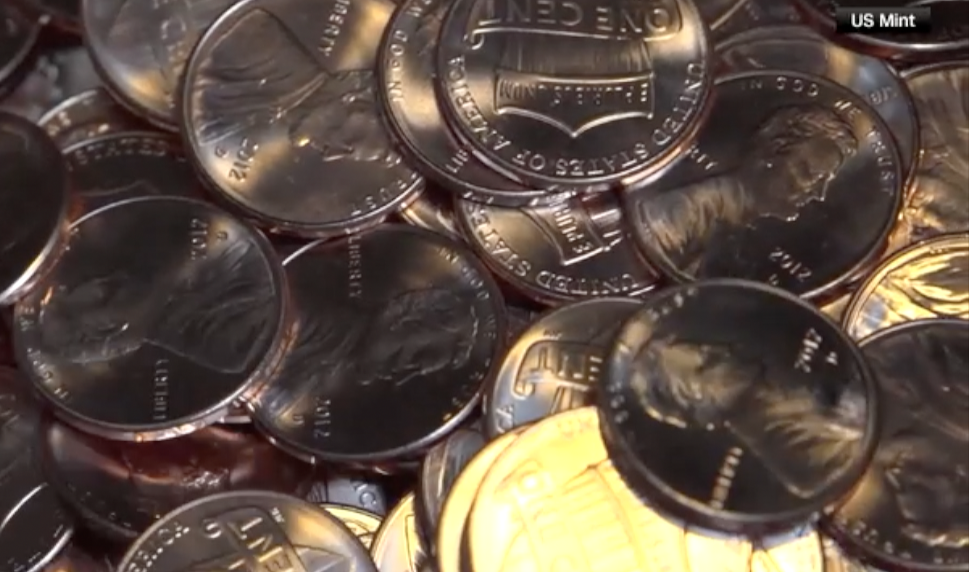WACO, Texas (KXXV) — President Trump issued an order in February directing the Department of Treasury to halt the minting of pennies, citing production costs that far exceed the coin's actual value.
- President Trump ordered these coins to stop being made back in February of this year
- It costs 3.69 cents to make one penny, which has a value of one cent
- This creates a significant financial burden on the federal government
- According to expert economist Bill Dendy, the United States spent more than $85 million manufacturing pennies in 2024 alone.
Impact on cash-paying consumers
While existing pennies will remain in circulation, the halt in production means they will gradually become scarce. This scarcity is expected to lead retailers to round prices up to the nearest nickel, creating an unintended consequence for cash-paying customers.
"For people who pay in cash, losing the penny, well, they're still in circulation. But if we don't make new pennies, they'll become more and more difficult to get, and you'll probably find retailers starting to round on up to the nearest nickel," Dendy explained.
The rounding effect disproportionately impacts lower-income communities, who are more likely to pay with cash rather than credit cards. Studies indicate this could cost cash-paying consumers an additional $6 million per year across the country due to consistent rounding up.
"Those who are with the lowest incomes in our communities [will] pay an additional $6 million per year across the board, because the rounding up is going to cost them the most," Dendy said. "And so, $6 million – that's a big number, but it's a big country as well, and it's in response to the cost of making the penny."
Credit card users unaffected
For consumers who primarily use credit cards for transactions, the penny's elimination will have minimal impact, as digital payments can process exact amounts without requiring physical change.
Will pennies become valuable?
With penny production ending, many Americans are wondering whether their existing penny collections might increase in value over time.
Dendy suggests there may be some hoarding behavior as pennies become less common in circulation.
"A lot of us love our pennies. We have our penny jars, and as pennies become less and less in circulation, you're gonna have maybe a hoarding effect, where people don't let go of their pennies anymore, where they start collecting their pennies," he said.
However, he cautions against expecting significant returns on penny investments. While some older or rarer pennies might gain value, the typical penny is unlikely to become a windfall for collectors.
"I don't think anyone's gonna get rich of the copper and pennies – pennies are a combination of copper and nickel. But some of the older pennies or rarer pennies might have a value. But for those thinking they're gonna hold on to their pennies and make a fortune, that's not likely," Dendy explained.
Economic rationale
The decision to end penny production reflects broader concerns about government efficiency and fiscal responsibility. With production costs nearly four times the coin's face value, the penny had become an expensive tradition that no longer made economic sense.
The move aligns with similar decisions made by other countries, including Canada, which eliminated its penny in 2013 due to comparable cost concerns.
As the transition unfolds, consumers and businesses will need to adapt to a currency system without new pennies, while existing coins gradually disappear from everyday transactions.
This story was reported on-air by a journalist and has been converted to this platform with the assistance of AI. Our editorial team verifies all reporting on all platforms for fairness and accuracy.




